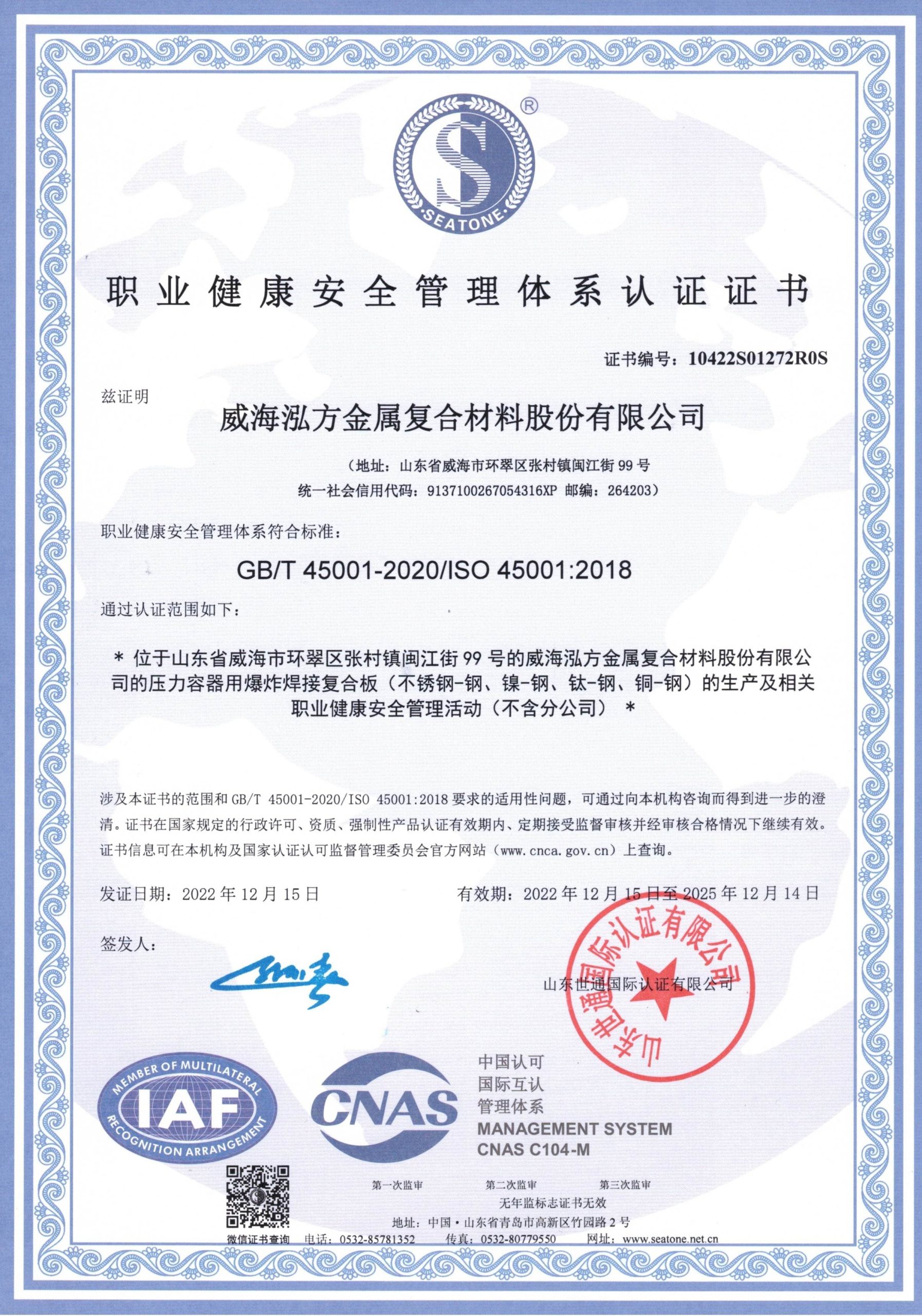Product Features
Lightweight and High-Strength: The density of aluminum is much lower than that of copper, making the copper-aluminum clad plate lighter than pure copper plates. At the same time, the combination of aluminum and copper layers ensures overall strength.
Corrosion Resistance: Aluminum easily forms a dense oxide film on its surface, which effectively prevents further corrosion, giving the copper-aluminum clad plate excellent corrosion resistance.
Wear Resistance: The hardness of copper is higher than that of aluminum, making the copper-aluminum clad plate perform well in wear resistance.
Good Conductivity: Copper is an excellent conductor, and aluminum also has certain conductivity. Therefore, the copper-aluminum clad plate exhibits excellent electrical conductivity.
Excellent Processability: The copper-aluminum clad plate is easy to cut, weld, punch, and undergo other processing, facilitating the production of products in various shapes and sizes.
Production Processes
Hot Rolling Method: Primarily used for rolling copper-aluminum clad thick plates.
Cold Rolling Method: Primarily used for rolling copper-aluminum clad thin plates.
Explosive Bonding Method: The bonding process is very fast, completed instantaneously, with high bonding strength. It is mainly used for producing copper-aluminum clad thick plates.
Explosive Rolling Method: First, a rolling blank is produced through the explosive bonding method, and then it is rolled to obtain a copper-aluminum clad thin plate.
Product Specifications
The specifications of copper-aluminum clad plates are customized according to customer needs. The following are some common specification ranges:
Thickness: Typically between 0.4mm and several tens of millimeters, with specific thicknesses customizable based on customer requirements.
Width and Length: Customized according to customer needs, with maximum widths and lengths reaching several meters.
Application Fields
Due to its unique properties, copper-aluminum clad plate is widely used in multiple fields:
Aerospace: Used in manufacturing aircraft skin plates, skin frameworks, support structures, and other components to reduce weight and increase strength.
Rail Transit: Used in non-load-bearing exterior parts of subway cars, high-speed rail cars, etc., to improve operating speeds and reduce energy consumption.
Electronics: Used in manufacturing high-speed printed circuit boards (PCBs), heat sinks, electronic components, antennas, etc., to improve signal transmission speeds and performance.
Building: Used as wall materials, roofing materials, or visual curtain wall materials, effectively providing fire resistance, wind resistance, thermal insulation, sound insulation, and aesthetic appeal.
Chemical Industry: Used in storage tanks, conductive plates, vacuum equipment, etc., leveraging the corrosion resistance and conductivity of copper-aluminum clad plates.
Shipbuilding: Used in hulls, bulkheads, ship partitions, etc., to improve ship strength and corrosion resistance.










